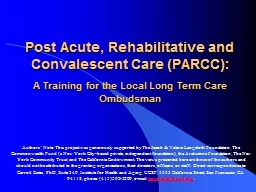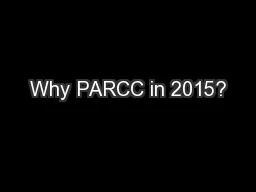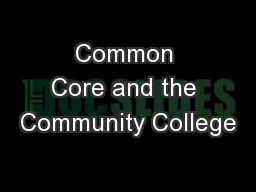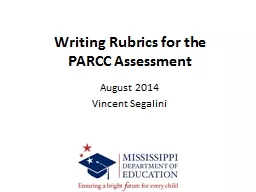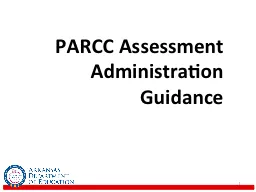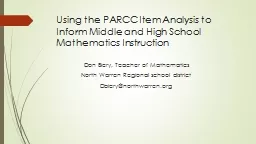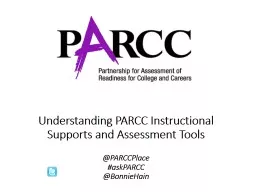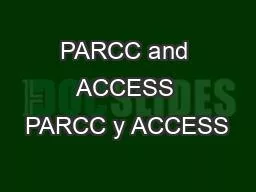PPT-Post Acute, Rehabilitative and Convalescent Care (PARCC):
Author : luanne-stotts | Published Date : 2015-11-14
A Training for the Local Long Term Care Ombudsman Authors Note This project was generously supported by The Jacob amp Valeria Langeloth Foundation The Commonwealth
Presentation Embed Code
Download Presentation
Download Presentation The PPT/PDF document "Post Acute, Rehabilitative and Convalesc..." is the property of its rightful owner. Permission is granted to download and print the materials on this website for personal, non-commercial use only, and to display it on your personal computer provided you do not modify the materials and that you retain all copyright notices contained in the materials. By downloading content from our website, you accept the terms of this agreement.
Post Acute, Rehabilitative and Convalescent Care (PARCC):: Transcript
Download Rules Of Document
"Post Acute, Rehabilitative and Convalescent Care (PARCC):"The content belongs to its owner. You may download and print it for personal use, without modification, and keep all copyright notices. By downloading, you agree to these terms.
Related Documents

